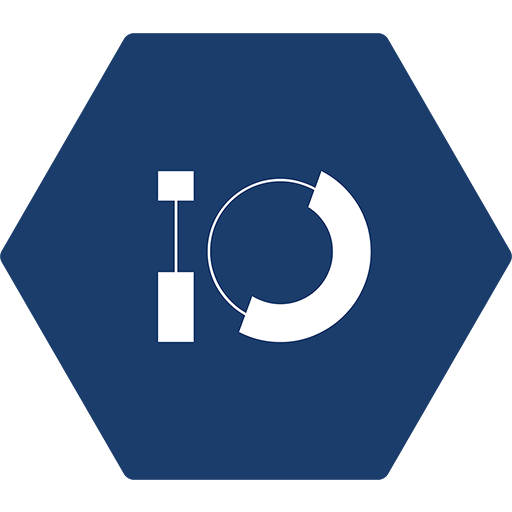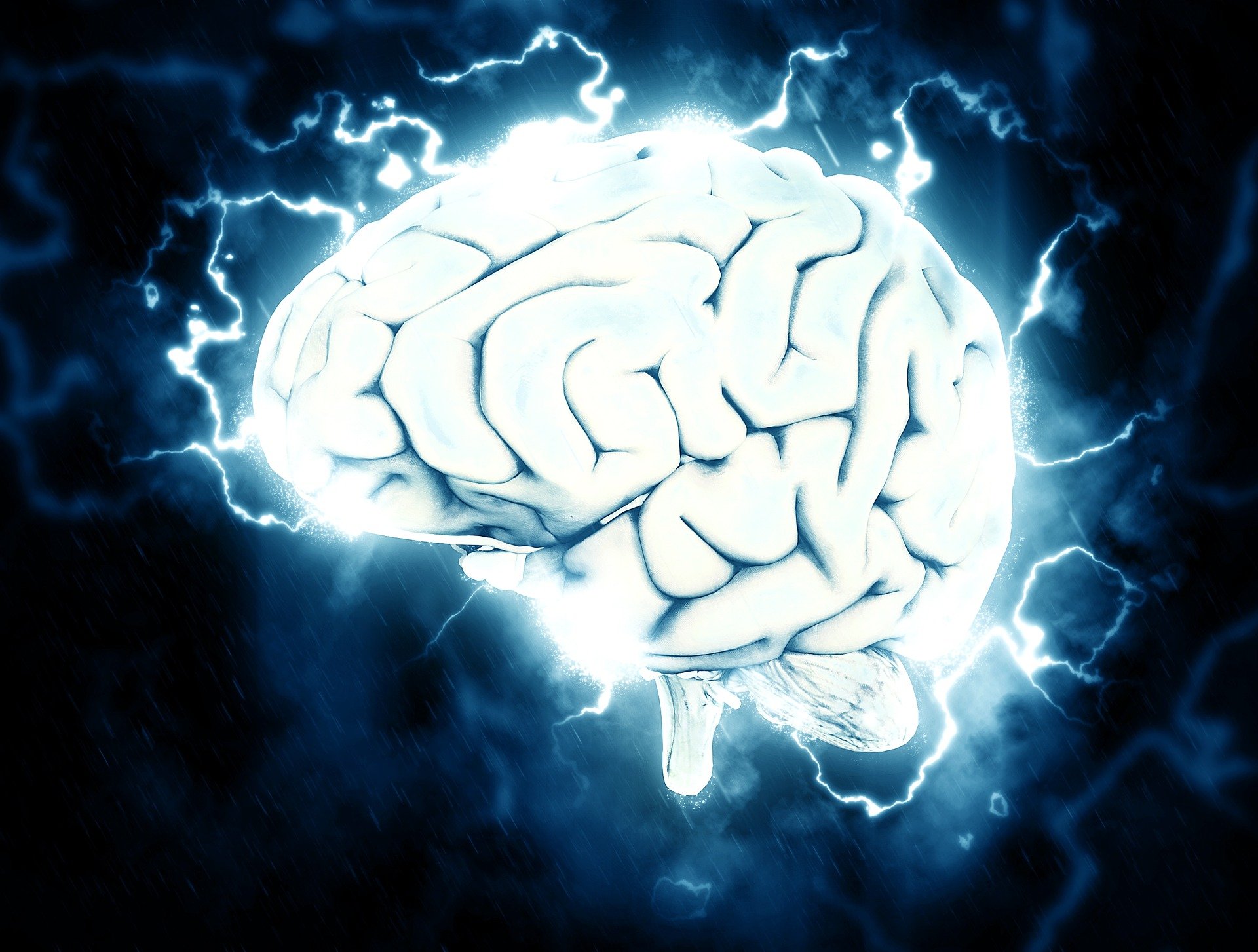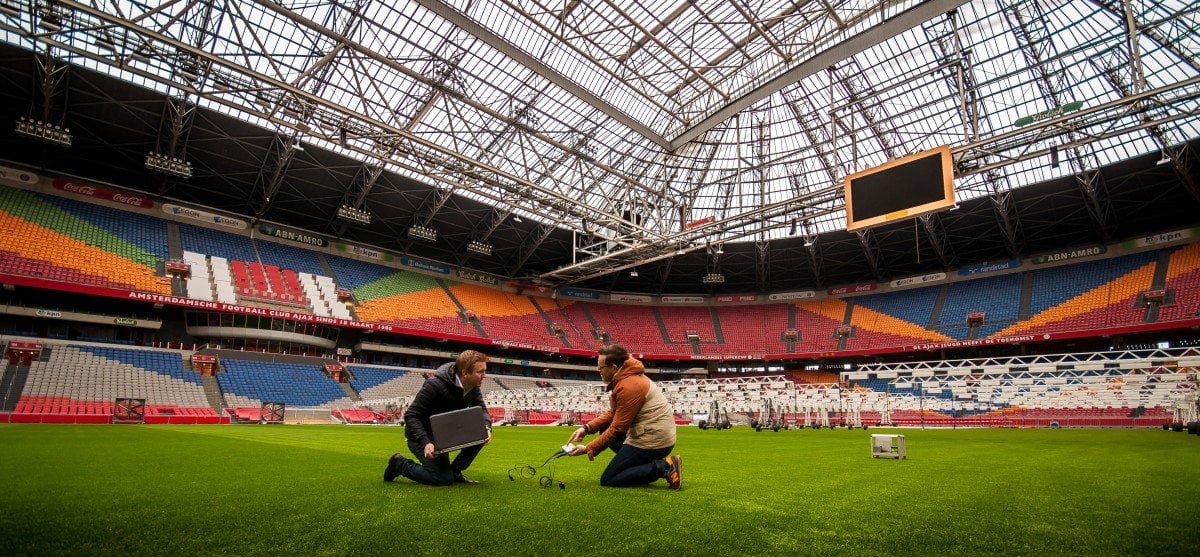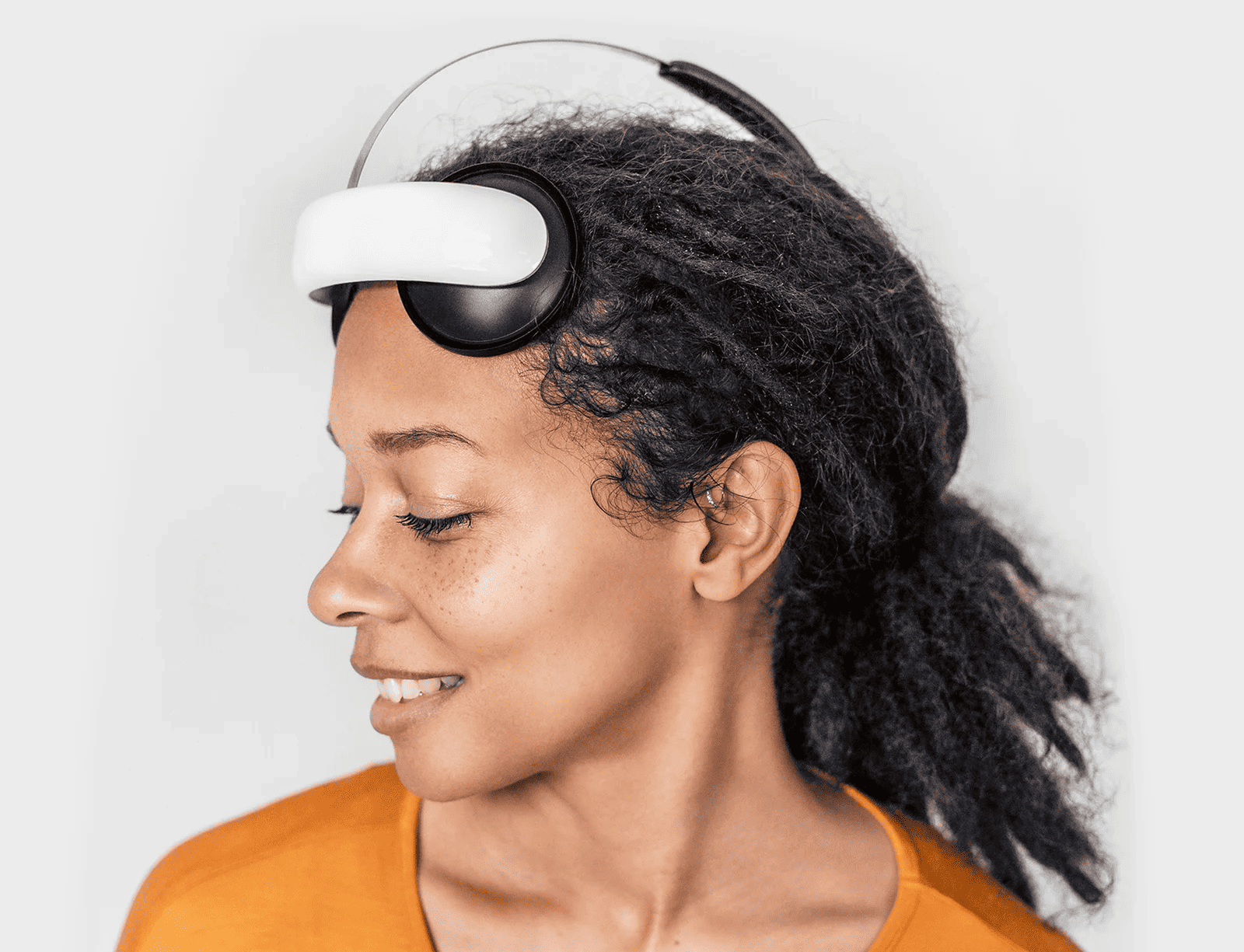
About Oro Muscles BV
- Founders: Tanya Colonna and Hobey Tam
- Founded in: 2018
- Employees: 2-10
- Money raised: Not specified
- Ultimate goal: To become the trusted standard in movement and muscle analysis.
The quest for optimal results in sports training hinges on quality training. The aim of any kind of muscle training is to apply stress on the muscles. But how much stress needs to be applied exactly? Oro Muscles BV, a Groningen and US-based start-up has come up with a wearable that combines medical-grade sensors and AI to analyze muscle activity in elite athletic training and rehabilitation.
In this instalment of the start-up of the day series, Oro Muscles co-founder and CEO Tanya Colonna tells us more about the technology.
How did you come up with the idea?
The original question we focused on was how do we measure something inside and outside of the body so that we actually know what the athlete is going through before a really big injury happens. That idea came from a couple of friends of mine watching a basketball game. The player went up for a rebound, came down, and his leg shattered in half. His bone was protruding out of the skin. My friends, bioengineering PhD candidates at the time, wanted to prevent this. So that was the foundation of the idea, to prevent such major injuries in athletes.
Now, we really focus on studying muscles while training. We worked with our first pilot site with MCZ Groningen. And we did a preliminary study on ACL rehabilitation. Then we moved on to its application. And now we’re in the phase where we’re productized officially.
What technology is exactly behind this?
We made a wearable solution which can be attached to a muscle group that is being trained. The hardware wirelessly communicates with the software. And then we have a phone application and a web application. The phone application can give real-time feedback and the web application can give post-workout analysis. Our focus as a company really is on the software side of things. The hardware has existed for 60 years, but what really hasn’t been refined is how the data is processed. The two sensors that we use are Electromyography (EMG) and Inertial Measurement Unit (IMU).
How is AI involved in the process?
Currently, we’re using AI as a tool to expedite monotonous tasks. And there are definitely ways to use it further in the future. So if you look at how muscle activity data were analyzed before, it took three weeks to analyze the data, which means the muscles had already adapted to the movements, and you already have information that is outdated and you can’t use. So, through AI, we’re making it so that it’s more accessible and easy to use. And it can be interpreted right away, which means people can make changes and adjustments to muscle training that actually affect what they are doing.

You also teamed up with an Olympic Dutch skating team and other elite athletes. What was the outcome?
The skating coaches were really interested in the data. We tested the athletes on ice, but also in the gym. We found that 30% of their time in the gym was actually not specific to speed skating, meaning 30% of their efforts were fatiguing them, putting them at injury risk, and not making them go faster on the ice. Following that, the coach asked us to train an injured athlete who was also a former gold medalist. After six weeks of training, while he was recovering from an injury, this former gold medalist skated his fastest time ever in training by replacing those non-specific movements. Consequently, we expanded the training to the rest of the team, two athletes went on to the Olympics and one athlete came home with a silver medal. So that was the preliminary validation of our sports specificity metric. And we validated the metric again, with a powerlifter in the United States who went on to break a national record.
How far have you come up with the development of a product?
Yeah, so we’ve been doing this preliminary validation and research for about five years. Last year, around November, we began productization. We are set to launch at the end of the year.

Who is your target audience?
We have a three-phase strategy for entering the market. This first launch is focused only on elite athletes. So then the second launch will be for the sports enthusiast market. And then the third phase would be for medical, how can we help people with Parkinson’s, cerebral palsy, and stroke recovery? How can we help to validate maybe pharmaceutical products that are actually working? How can you adjust medication timing and dosage? Or does someone actually need physiotherapy instead?
What were the obstacles that you faced with the startup?
Well, the first true obstacle was finding a customer to test with. We travelled a year in the US to find people to test with. Everyone we found there told us to come back when we were ready for clinical trials which was not possible without any preliminary tests and validation. But then we got into an accelerator program in Groningen. We found the testing partner we were looking for with MCZ at Groningen. And then we also found the Olympic team that we were working with. The other obstacle, as always, is funding. But we have found lead investors now and we are looking to close our seed round in a couple of months.
Where do you see yourself in the future?
Our goal is to secure federation-wide partnerships with various sports organizations. And we also want to break into the sports enthusiast market so that we can democratize muscle data for a larger audience. In the future, our main goal is to become the trusted standard in movement and muscle analysis.







